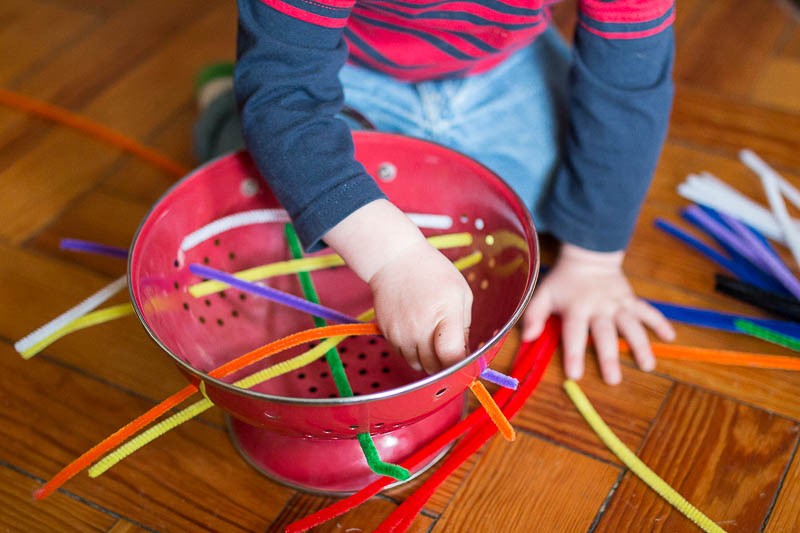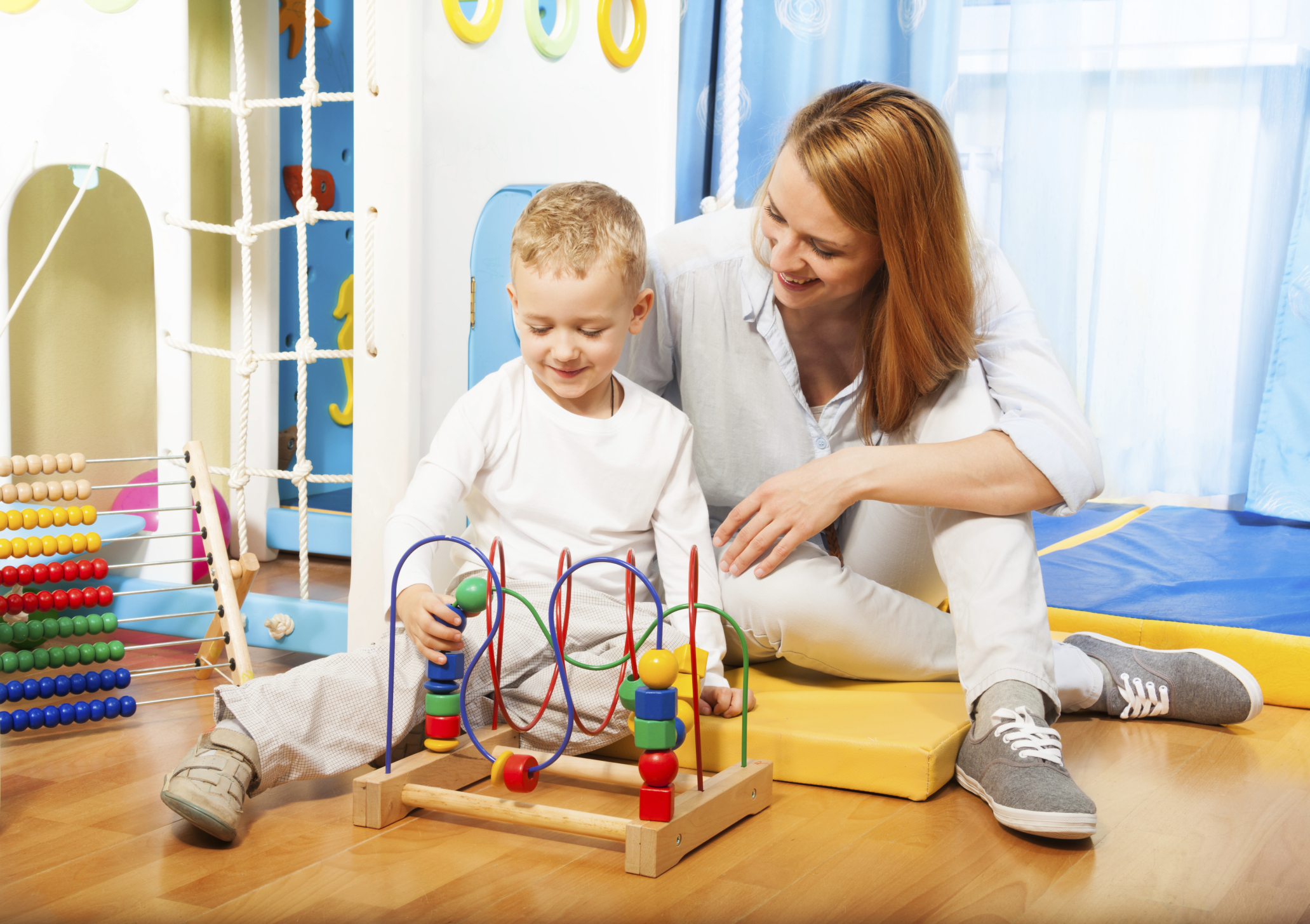Motor Development

What is the meaning of motor development?
Motor development refers to the development of a child's bones, muscles and ability to move around and manipulate his or her environment. Motor development can be divided into two sections: gross motor development and fine motor development.

Principles
of Motor Development
Ø Neural and muscular maturation
Ø Readiness of the child
Ø Predictable pattern
Ø Individual differences
What Influences Motor Development?
v Maturation
- From central to
peripheral
- From head to toe
v Environment
- Growth, strength,
nutrition
- Motivation
v Practice
- New skills build on
prior abilities
- Motor pathways are
refined through use
How
will these promote other skills ?
✏️Activities that require good control over the whole body are useful for ‘gymnastic’ skills
later
✏️Activities that require strength and speed help in sports skills and games
✏️Activities emphasizing rhythm lead to skills
in dancing
 |
| climbing on ladder |
Gross
Motor Skills➽Gross Motor Skills are skills that develop through using the large muscles of the body in a coordinated and controlled way.
Movements of the whole arms, the legs and the trunk are all gross motor movements.
Just a few examples are: catching a ball, balancing, climbing, jumping on a trampoline, playing tag, Watering plant, playing football, climbing on ladder
And those come after the momentous gross motor development that a baby undergoes in 16 short months of life: rolling over, sitting up, crawling and walking!
Instructional Objectives
§It refines a child’s
gross motor( large muscle ) skills.
§Body awareness – for
improved posture and control crossing the mid-line-laterity, i.e., awareness of
the left and right sides of the body
§The child also
encounters objects in nature or something which captivates his or her attention
§The child develops the
ability to maintain equilibrium
§Major muscle
coordination – spatial orientation – awareness of body position in space and in relation to other
object and people
§Acquires vocabulary
during activities like backward, forward, sideways, etc.
 |
| walking in circle holding hands |
qWalking :
.In and out of circles, hoops, tyres,
outlines
•Along a line(chalk), piece of string, etc.
•Using a rope or string to guide children through maze
•Walking to different music tempos
.Walk along a chalk line, string line or narrow board
•Climbing steps/stairs/step ladders without hand support
•Walking on knees with hands in the air
•Walking up an inclined plank with confidence and speed
qJumping:
.Jump
up to touch/reach suspended
objects, leaves, balloons, toys etc.
•
Stand up and jump from shape to shape
• Jump
on mattresses, tyres ,trampoline etc
q
Rhythmic Movement:
•Clapping hands
according to the beat
•Clapping/stopping
with music variations
• Singing and
performing action songs
• Swinging rhythmically
so many example for gross motor like hopping, catching, throwing, kicking, skipping,
Fine Motor Skills➽We use fine motor skills to make small movements. These movements come so naturally to most people that we usually don’t think about them. Fine motor skills are complex, however. They involve the coordinated efforts of the brain and muscles, and they’re built on the gross motor skills that allow us to make bigger movements.Fine motor skills aren’t specific learning skills like reading or math are. But they directly impact how well kids are able to learn and show what they know. For instance, kids need fine motor skills to circle an answer in a bubble on a test or write an essay or response.
Kids need to use fine motor skills to do many school-related tasks. These include:
thank you for reading
about hand functions type and activity coming soon........ ☺☻☺️
about hand functions type and activity coming soon........ ☺☻☺️







0 comments:
Post a Comment